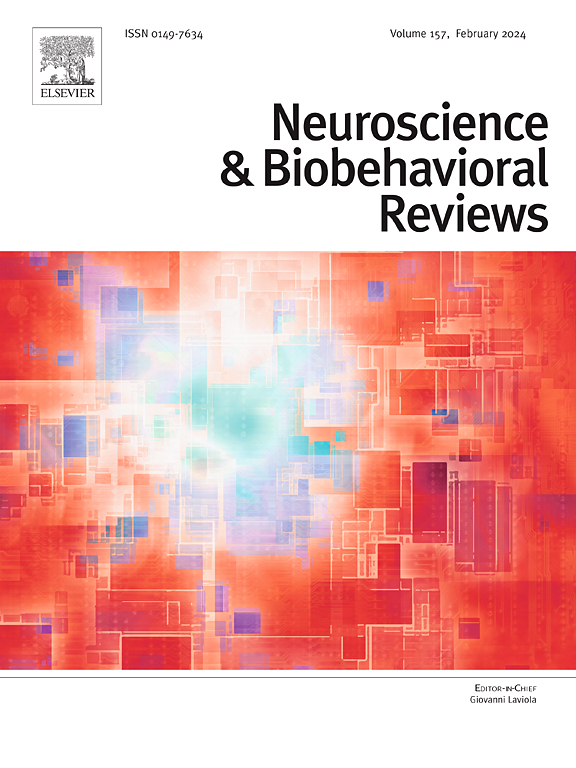抑郁症患者电休克治疗反应与炎症标志物相关:一项荟萃分析
IF 7.5
1区 医学
Q1 BEHAVIORAL SCIENCES
引用次数: 0
摘要
电痉挛疗法是治疗严重单极和双相抑郁症的有效干预手段,但其缺点往往导致其未得到充分利用。准确预测ECT结果对于优化患者护理和提高缓解率至关重要。本研究综合了关于基线炎症标志物与ECT结果之间关系的现有证据。此外,我们探讨了ECT期间这些标志物的变化是否与症状改善相关。根据PRISMA声明进行相关meta分析,共纳入14项研究(n = 556例患者)。分析显示,较高的基线CRP和IL-6水平与ect后抑郁症状的减轻显著相关。此外,我们的研究结果表明,治疗期间犬尿氨酸代谢物和IL-8的增加与抑郁症状的改善相关,为抑郁症和ECT的机制方面提供了见解。总之,通过CRP和IL-6测量的抑郁症外周炎症与更好的ECT结果相关,并可能指导治疗分层。需要对更广泛的细胞因子和犬尿氨酸代谢物进行进一步的研究来证实这些发现。本文章由计算机程序翻译,如有差异,请以英文原文为准。
Inflammatory markers associated with electroconvulsive therapy response in patients with depression: A meta-analysis
Electroconvulsive therapy (ECT) is an effective intervention for severe unipolar and bipolar depression, yet its drawbacks often lead to its underutilization. Accurate prediction of ECT outcomes is crucial for optimizing patient care and increasing remission rates. This study synthesized existing evidence on the relationship between baseline inflammatory markers and ECT outcomes. Additionally, we explored whether changes in these markers during ECT correlated with symptom improvement. A correlation meta-analysis was conducted according to the PRISMA statement, including a total of fourteen studies (n = 556 patients). The analyses revealed that higher baseline CRP and IL-6 levels were significantly associated with greater depressive symptom reduction post-ECT. Additionally, our findings suggested that increases in kynurenine metabolites and IL-8 during treatment correlated with improved depressive symptoms, offering insights into the mechanistic aspects of depression and ECT. In conclusion, peripheral inflammation in depression, as measured by CRP and IL-6, is associated with better ECT outcomes and may guide treatment stratification. Further research on a broader range of cytokines and kynurenine metabolites is needed to confirm these findings.
求助全文
通过发布文献求助,成功后即可免费获取论文全文。
去求助
来源期刊
CiteScore
14.20
自引率
3.70%
发文量
466
审稿时长
6 months
期刊介绍:
The official journal of the International Behavioral Neuroscience Society publishes original and significant review articles that explore the intersection between neuroscience and the study of psychological processes and behavior. The journal also welcomes articles that primarily focus on psychological processes and behavior, as long as they have relevance to one or more areas of neuroscience.

 求助内容:
求助内容: 应助结果提醒方式:
应助结果提醒方式:


